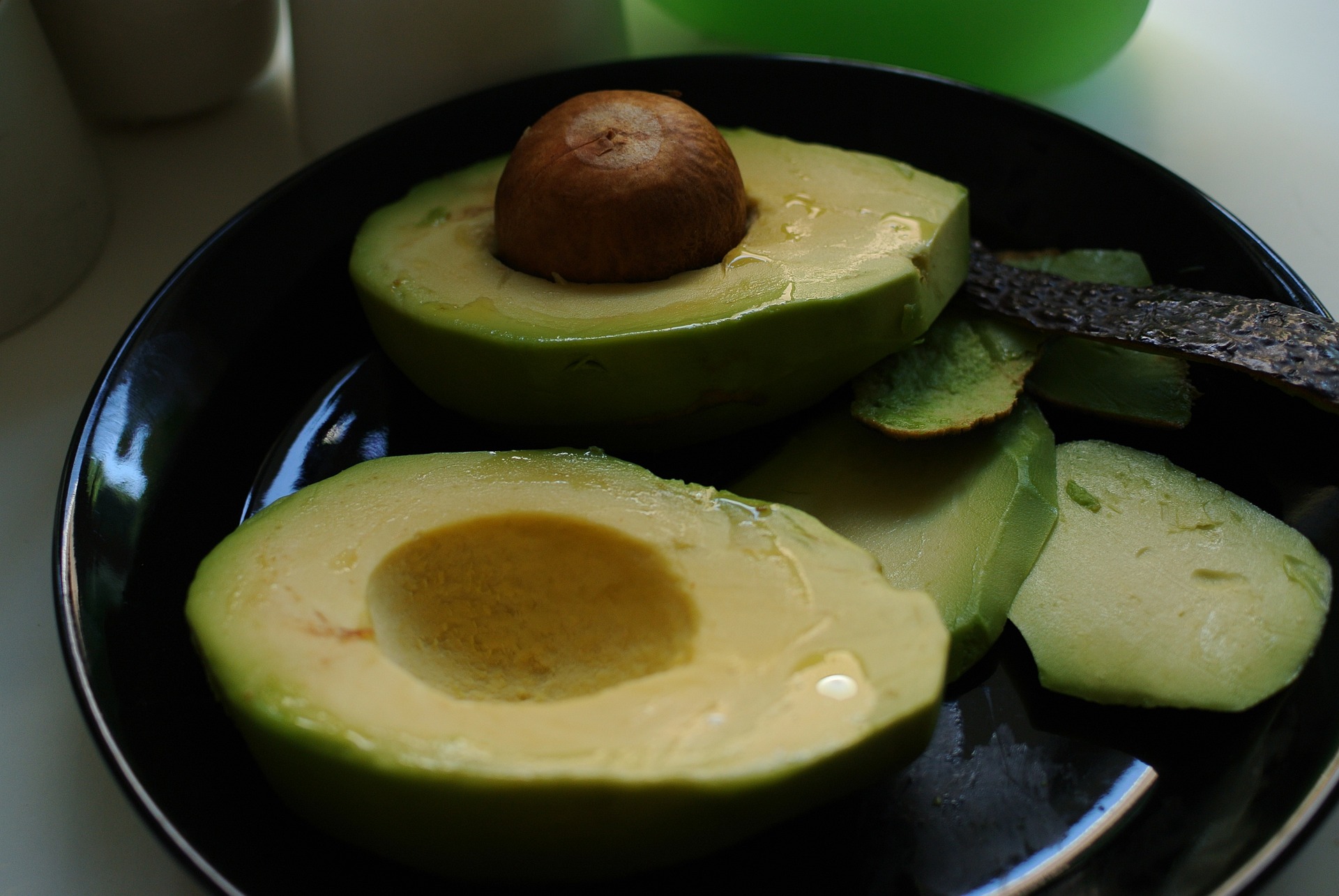Photo courtesy of Pixabay Healthy Fats are the Key The importance of healthy fats in the diet is under appreciated....

Photo courtesy of Pixabay Healthy Fats are the Key The importance of healthy fats in the diet is under appreciated....
© 2025 jackomd180. All rights reserved.